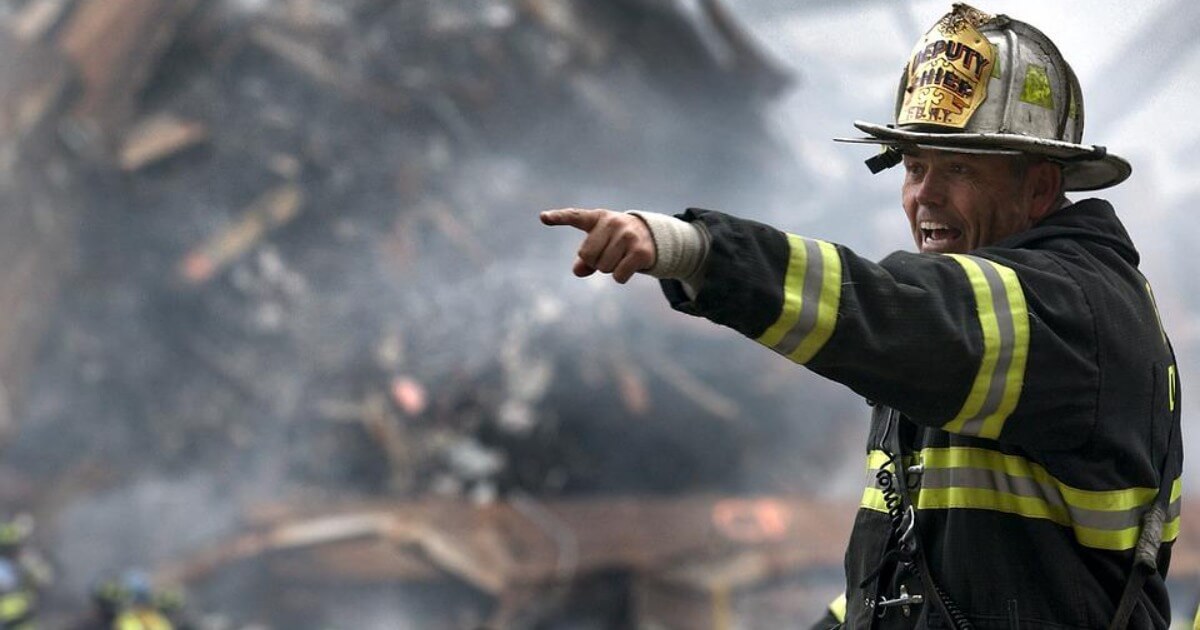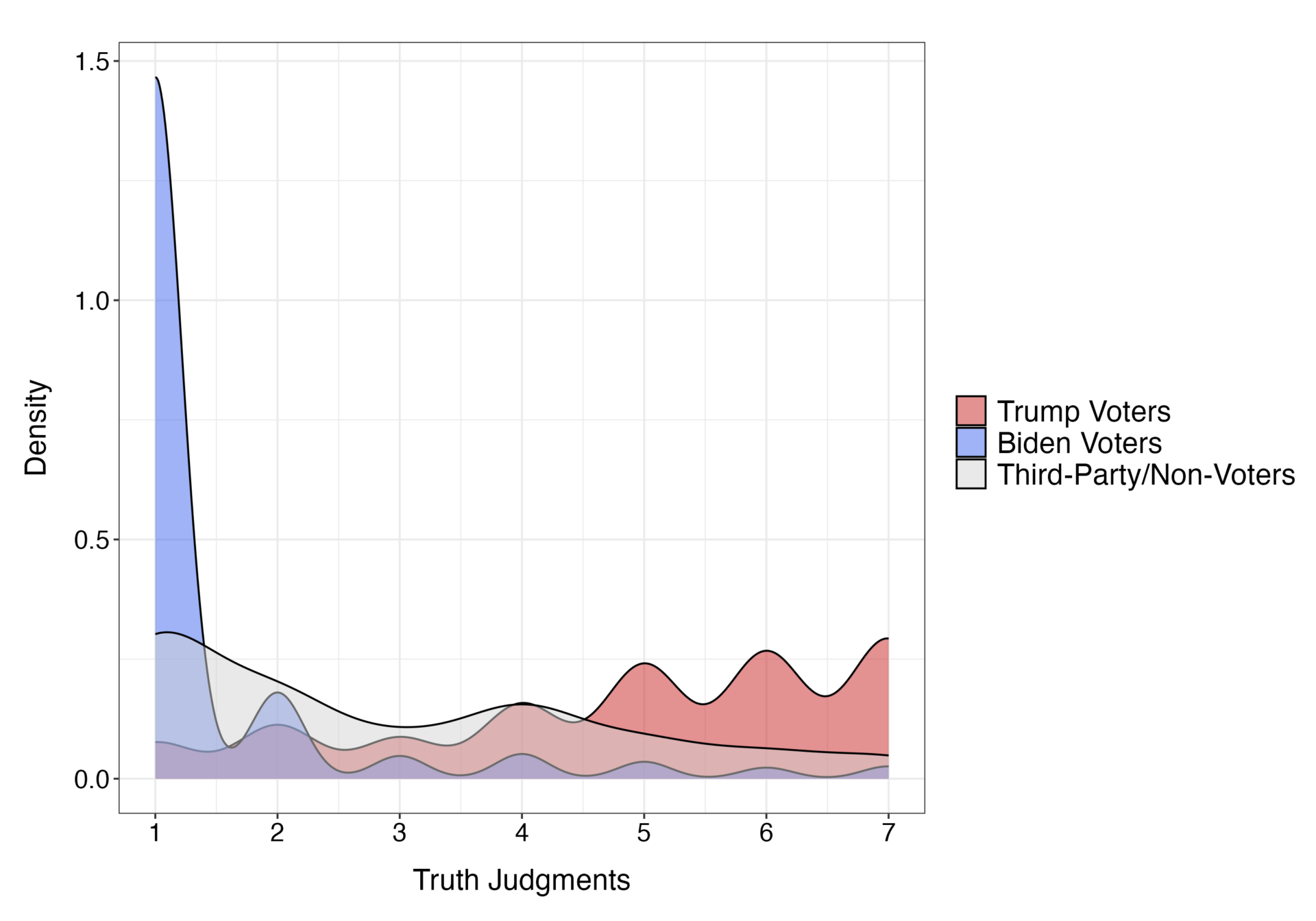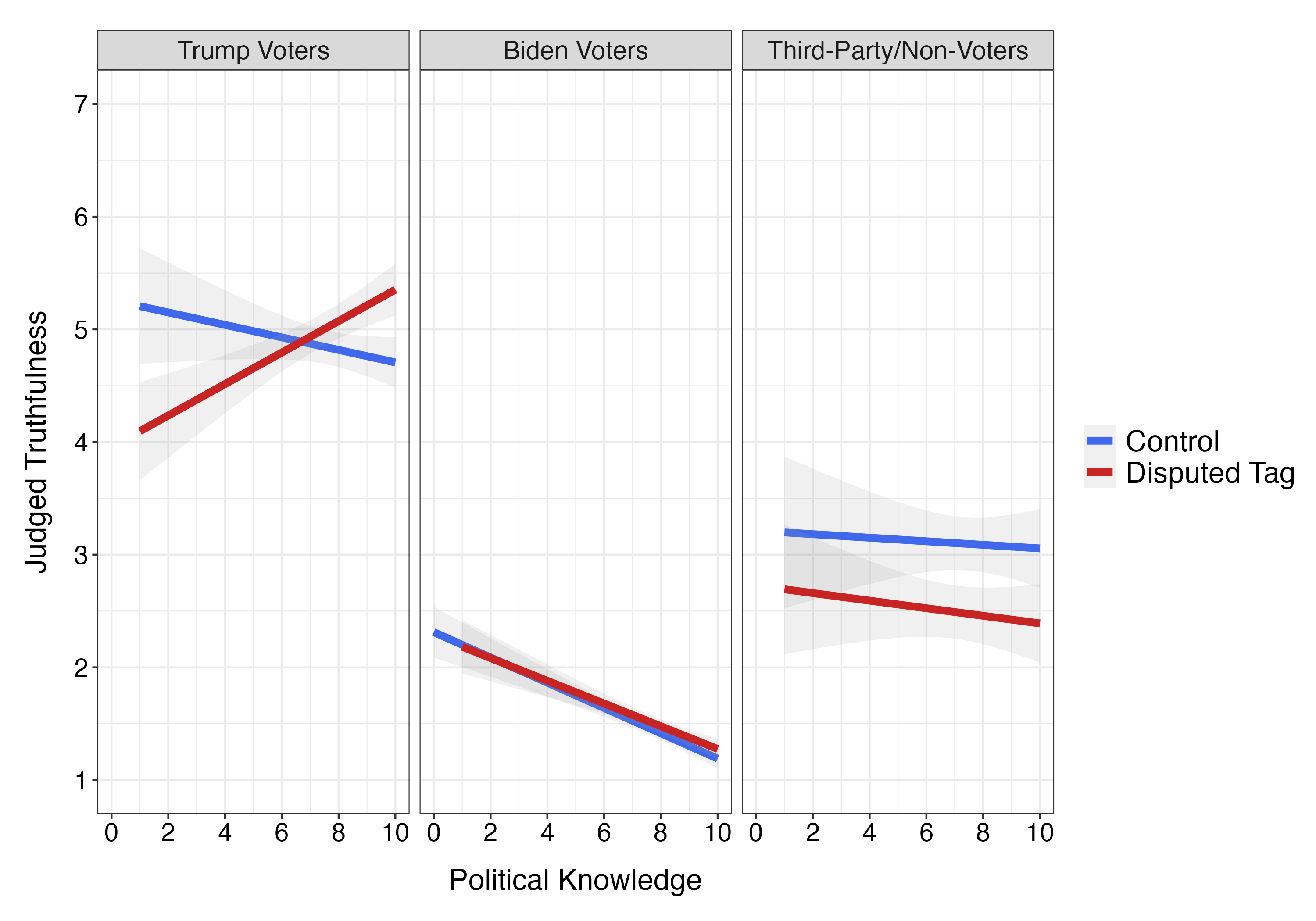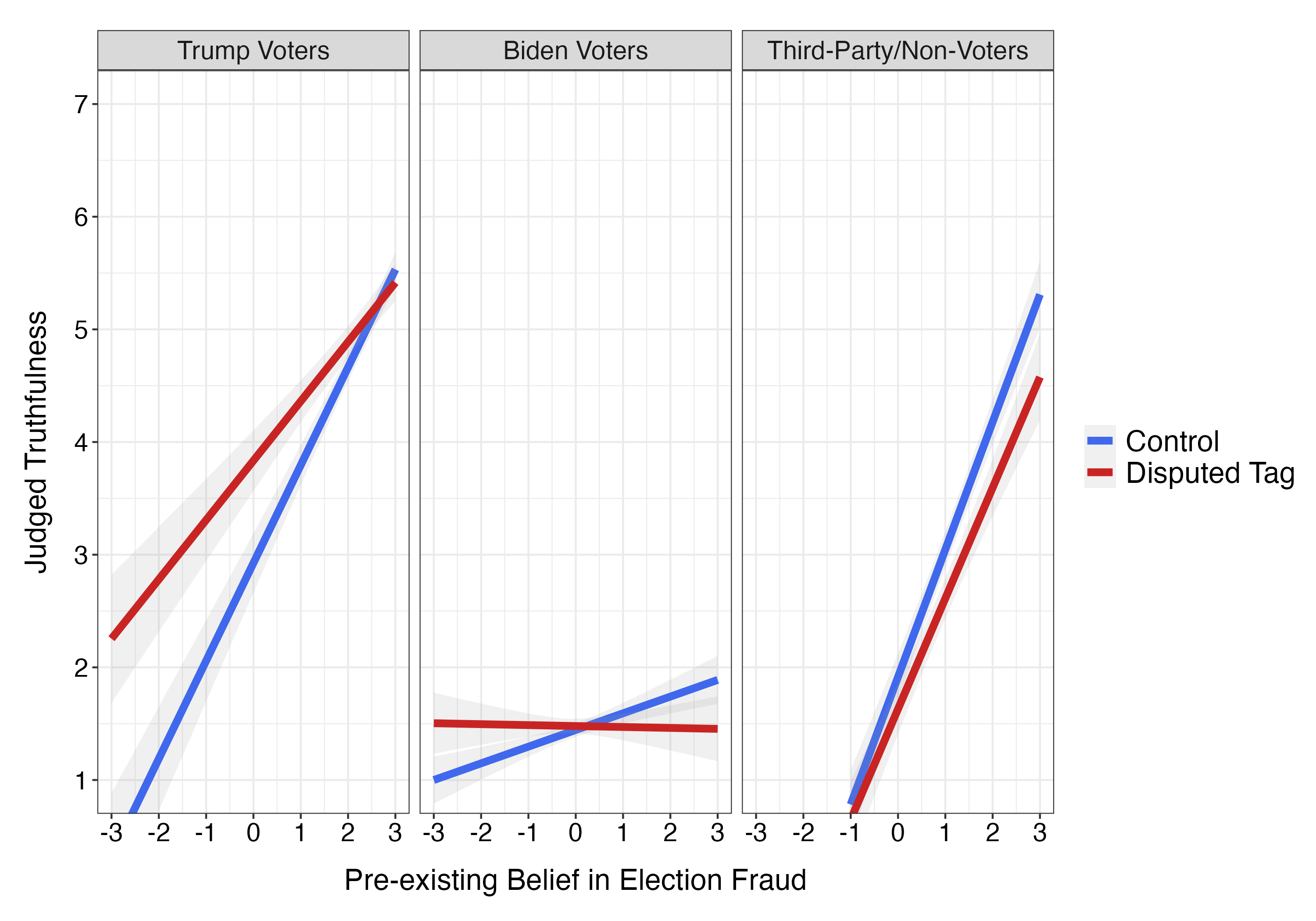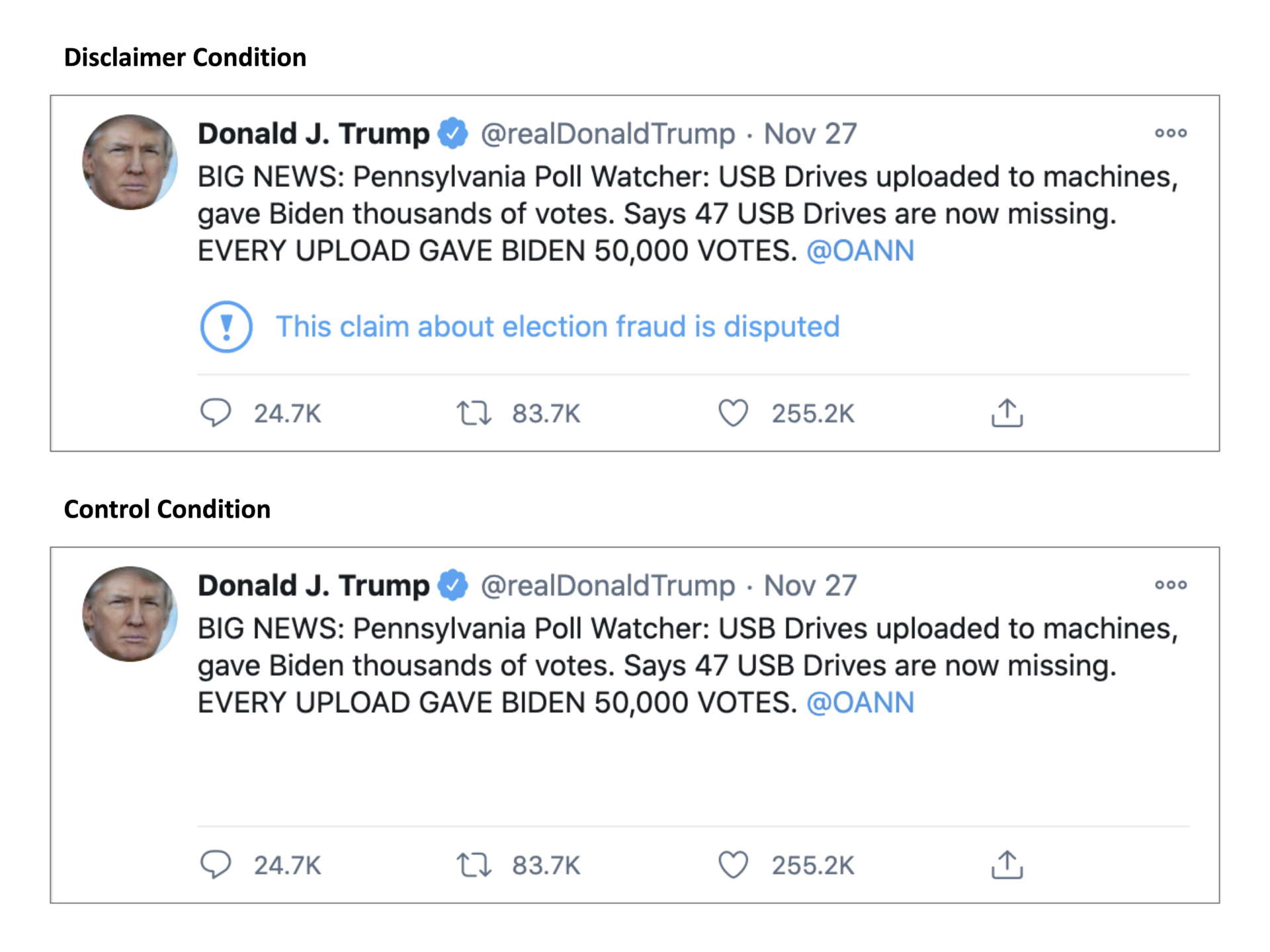

BLA-TTP collaboration in Balochistan: alliance or anomaly?
In a series of unprecedented and highly coordinated attacks across 11 districts of Balochistan, militants killed over 50 security personnel and civilians, particularly those hailing from Punjab in a single night.
The next day, the Baloch Liberation Army (BLA), a banned separatist outfit, claimed carrying out the attacks. While the militant outfit has long been waging a low-level separatist insurgency in Balochistan, the scale and coordination of the August 26 attacks mark a dramatic escalation in the two-decade-old conflict.
Why August 26?
During the series of attacks, the militants blocked highways, carried out a suicide bombing at a military camp, sabotaged a gas pipeline, damaged railway tracks, and killed several unarmed civilians hailing from Punjab. Some reports even suggest the death toll may have been as high as 70 people, making it one of the deadliest episodes of violence in the ongoing Baloch insurgency.
While Balochistan has previously experienced smaller bombings and hit-and-run assaults, this marked the first time that the BLA launched such a coordinated and deadly offensive, which also included a suicide bombing by a woman targeting the paramilitary Frontier Corps camp in Bela, district Lasbela.
But why did the BLA choose August 26? The day is particularly significant as it commemorates the 18th death anniversary of Nawab Akbar Khan Bugti, a former governor and chief minister, who was killed in a military operation in 2006 — an event that triggered the current wave of Baloch insurgency which has claimed thousands of lives.
Before Bugti’s death, the Baloch insurgency was largely restricted to the tribal areas of the Marri and Bugti regions. But a misadventure and a non-political decision to address Bugti’s grievances by force escalated the violence. His death acted as a catalyst, sparking an insurgency that has since expanded beyond these tribal areas to affect non-tribal regions, including the Makran belt.
Ever since, the month of August has seen heightened violence in Balochistan, with separatist insurgents frequently staging major attacks on August 14, Pakistan’s Independence Day, and again on August 26.
Alarming spike
The recent surge of violence in Balochistan has even extended to areas previously considered relatively stable. One of the most alarming attacks on August 26 occurred in Musakhail, near the Punjab border, where militants stopped buses, selectively offloaded passengers and shot them dead after checking their ID cards.
This was the first such attack by any Baloch militant group in Musakhail district, indicating the BLA’s capacity to extend the conflict towards or near Punjab.
The same day, the BLA also carried out a suicide bombing in Lasbela, a Baloch-dominated district that has traditionally remained relatively peaceful. In this case, the group employed a young female suicide bomber, a law student from the University of Turbat, which highlights a disturbing trend of educated youth, including women, joining the ranks of Baloch militant groups.
The nature and sophistication of these attacks have shocked both authorities and the public, sparking fresh debate about the group’s operational capabilities and how it managed to carry out such large-scale, synchronised assaults in a single day. The attacks have also exposed the failure on the part of security forces in Balochistan, where as many as seven law enforcement agencies and three intelligence agencies are actively engaged in maintaining law and order.
Various theories explain the BLA’s rising power, but one prominent factor drawing Baloch youth to armed groups is state policy. While militant groups often spend months, if not years, planning such coordinated attacks, of late, Balochistan has increasingly become a breeding ground for insurgency, particularly since 2018. This can partly be attributed to the downward spiral of the province’s political landscape in recent years. The formation of the Balochistan Awami Party (BAP), for example, and its rapid rise to power further destabilised the political environment of the province — courtesy of deteriorating governance marked by rampant corruption and nepotism in a province already plagued by militancy.
Moreover, heavy-handed state responses, including alleged extrajudicial killings, have fuelled further resentment among Baloch youth. These include the 2020 killing of Hayat Baloch, a university student, who was shot dead in front of his parents in Turbat. There was also the case of four-year-old Bramsh Baloch, a survivor of a death squad which took her mother’s life.
More recently, massive protests erupted across Balochistan after the reported killing of Balaach Mola Bakhsh, who died in the custody of the Counter Terrorism Department last November. Further aggravating tensions was the mistreatment of Baloch women protesters in Islamabad in December, which led to increased angst among the youth.
What government authorities say
For their part, authorities attribute the marked increase in the BLA’s operational capacity to foreign hostile agencies, particularly India’s RAW, as well as the shifting geopolitical landscape in the wake of the Taliban’s takeover of Kabul in August 2021.
Following the attacks on Aug 26, the prime minister said that the terrorists aimed to disrupt the China-Pakistan Economic Corridor (CPEC) and other development projects. The government, as well as the military, has on many an occasion accused hostile agencies of being behind the violence in Balochistan to undermine CPEC.
Government officials also suggest that the BLA has dramatically bolstered its operational capacity in recent years, allegedly through an alliance with the militant Tehreek-i-Taliban Pakistan (TTP) and access to a cache of advanced American weaponry from Afghanistan. In a press conference in Quetta on June 26, Balochistan Home Minister Ziaullah Langove announced the arrest of two key militant commanders, TTP’s Nasrullah, also known as Maulvi Mansoor, and Idrees, also known as Irshad.
Langove presented a pre-recorded statement from Nasrullah, who claimed he had served as an “emir” in the TTP’s defence commission since 2023. Nasrullah detailed a January 2024 plan, allegedly orchestrated with the BLA’s Majeed Brigade commander Bashir Zeb, to cross the Pak-Afghan border into southern Balochistan with the help of a guide.
While claims and statements of this nature by the government are not uncommon, reports of an alleged alliance between the two terror groups first emerged in August 2012 when Rehman Malik, the then interior minister, informed the Senate that the BLA, Lashkar-e-Jhangvi (LeJ), and the TTP were connected and allegedly acting on behalf of foreign hostile agencies exploiting Balochistan’s indigenous issues. Rehman Malik also made similar claims in 2014.
In recent years, Islamabad has repeatedly accused the de facto Afghan government of supporting the TTP and the BLA, claiming that these groups are collaborating and operating from Afghan territory. Kabul, for its part, has vehemently denied these allegations, insisting that its soil is not being used as a base for attacks on its neighbour.
In February 2022, following the BLA’s attacks on two military bases in the remote Panjgur and Naushki districts of Balochistan, then-interior minister Sheikh Rashid Ahmed claimed that the BLA was using advanced American weaponry during these assaults. He did not, however, provide details on how the BLA obtained the weapons, nor did he specify whether the Afghan Taliban were involved in supplying the arms or if the weapons were acquired through the black market.
Escalating tactics and troubling patterns
Even without a formal nexus, however, the BLA may have borrowed or learned new tactics from the TTP. Since July 2022, for example, the BLA has reportedly abducted law enforcers and a senior army officer on various occasions, offering prisoner swaps to the government — a tactic seemingly borrowed from the TTP. In June earlier this year, the militant outfit also kidnapped 10 picnickers from the outskirts of Quetta, subsequently proposing a prisoner swap with the government again.
Since August 2018, the BLA has also increasingly turned to suicide bombings, another signature tactic of the TTP, but which was previously avoided by Baloch armed groups.
In 2023, for instance, Pakistan saw the highest number of suicide bombings since 2014, with nearly half of these attacks targeting security forces. According to the Pakistan Institute of Peace Studies, an Islamabad-based think tank, Balochistan was the second most terrorism-affected province in 2023 after Khyber Pakhtunkhwa. Baloch insurgent groups and religiously inspired militant groups carried out a total of 110 attacks in the province, compared to 79 in the previous year.
Can an alliance be formed?
This begs the question: can the BLA, which presents itself as a secular nationalist militant group seeking complete separation from Pakistan, genuinely form an alliance with a group like the TTP, which seeks the imposition of Sharia law in the country?
Baloch insurgents have long viewed the TTP as unreliable, given the group’s history of engaging in peace talks with the Pakistani government as early as May 2022. There are also longstanding concerns among Baloch nationalists about the potential Islamisation of their province, which they fear could undermine their separatist insurgency and secular values.
Considering the TTP’s past negotiations, its demand for Sharia law, and its lack of support for Balochistan’s independence, it is difficult to assess whether the BLA would ally with or trust the TTP.
Given that Balochistan borders Afghanistan, with many Pashtun areas adjoining the Afghan border, it is possible that the Taliban or their sympathisers could facilitate the movement of Baloch armed groups entering and exiting Afghanistan. In exchange, Baloch armed groups or their supporters may provide logistical support to the TTP in Baloch-dominated areas of Balochistan. However, experts remain sceptical about whether these interactions could constitute genuine collaboration.
Muhammad Amir Rana, an Islamabad-based security and political analyst, stressed that there is no concrete evidence of a direct collaboration between the BLA and the TTP.
“One primary reason is that their political and ideological backgrounds are quite different,” Rana explained.
“BLA’s main concern regarding the TTP is that the group has acted as a proxy of the state in the past. The BLA also fears that the TTP could reconcile with the state at any time, which might then be used against the Baloch people. While the TTP has attempted to exploit the issue of Baloch missing persons to gain sympathy, this does not provide a solid basis for closer ties with the BLA,” he added.
In recent years, the TTP has increasingly expressed an interest in Balochistan, using its mouthpiece, Umar Media, to call on the Baloch people to resist alleged state oppression.
Following the triple murders in Barkhan district in February 2023 — reportedly masterminded by former provincial minister Sardar Abdul Rehman Khetran — the TTP released a nine-minute video condemning the killings. The group also previously issued videos in the Balochi language in April and May 2022, urging the Baloch to support its war against the state.
More recently, several lesser-known or previously unknown shadow groups have announced their merger with the TTP from Balochistan.
Ihsanullah Tipu Mehsud, a journalist and co-founder of The Khorasan Diary, covering militancy, Jihadist movement and security issues in the Afghanistan-Pakistan region, said that while there is no substantial evidence of direct operational collaboration between TTP and BLA leaderships, their media activities suggest a different perspective.
He noted that whenever the TTP launches an attack, Baloch separatists and their affiliated channels intensely share the news on social media. Similarly, he says TTP-linked accounts amplify reports of Baloch insurgent activities whenever they carry out any attacks in Balochistan.
According to Ihsanullah, TTP Emir Mufti Noor Wali Mehsud has repeatedly voiced support for militancy in Balochistan, urging the Baloch to ally with the TTP. This media-based support, he suggests, indicates a diminishing divide between secular nationalism and religious extremism, with the TTP leadership frequently addressing issues of Baloch oppression and nationalism.
“But as for rumours and reports circulating that the [TTP and BLA leadership] meet each other in Afghanistan and support each other at an operational level, I have no such evidence or information,” he said. A Dawn editorial from last year, however, pointed out that “the lack of conclusive evidence at this point does not preclude the possibility of some sort of ‘working arrangement’ between the TTP and the Baloch separatists in the future”.
“Since Mufti Noor Wali Mehsud took charge of the TTP in 2018, we’ve observed a clear shift, with the TTP repeatedly justifying the Baloch armed struggle against the state. Initially, Baloch secular nationalists were known to resist and even clash with Islamist jihadists in Balochistan, such as the Baloch chapter of Lashkar-i-Jhangvi, but that division has faded away now.
“Baloch militants no longer oppose jihadists, and similarly, the TTP leadership now openly justifies the Baloch armed struggle,” Tipu added.
He noted, however, that the support and collaboration between the two groups is, so far, only evident on the propaganda front.
Security analyst Rana, on the other hand, observed that while the BLA and TTP are ideologically distinct militant groups with differing ideologies, they have historically supported each other when their objectives are common. “This support might include trading and exchanging weapons or providing logistical aid, but such interactions among militants do not constitute high-level collaboration.”
Whether the recent spike in violence is a result of a marriage of convenience between militant outfits, the act of hostile foreign agencies or a natural progression of the decades-long insurgency, further fuelled by growing resentment towards the state, it is high time that all stakeholders sit together and chalk out a sustainable plan to contain the conflict, lest it engulfs the entire province.


